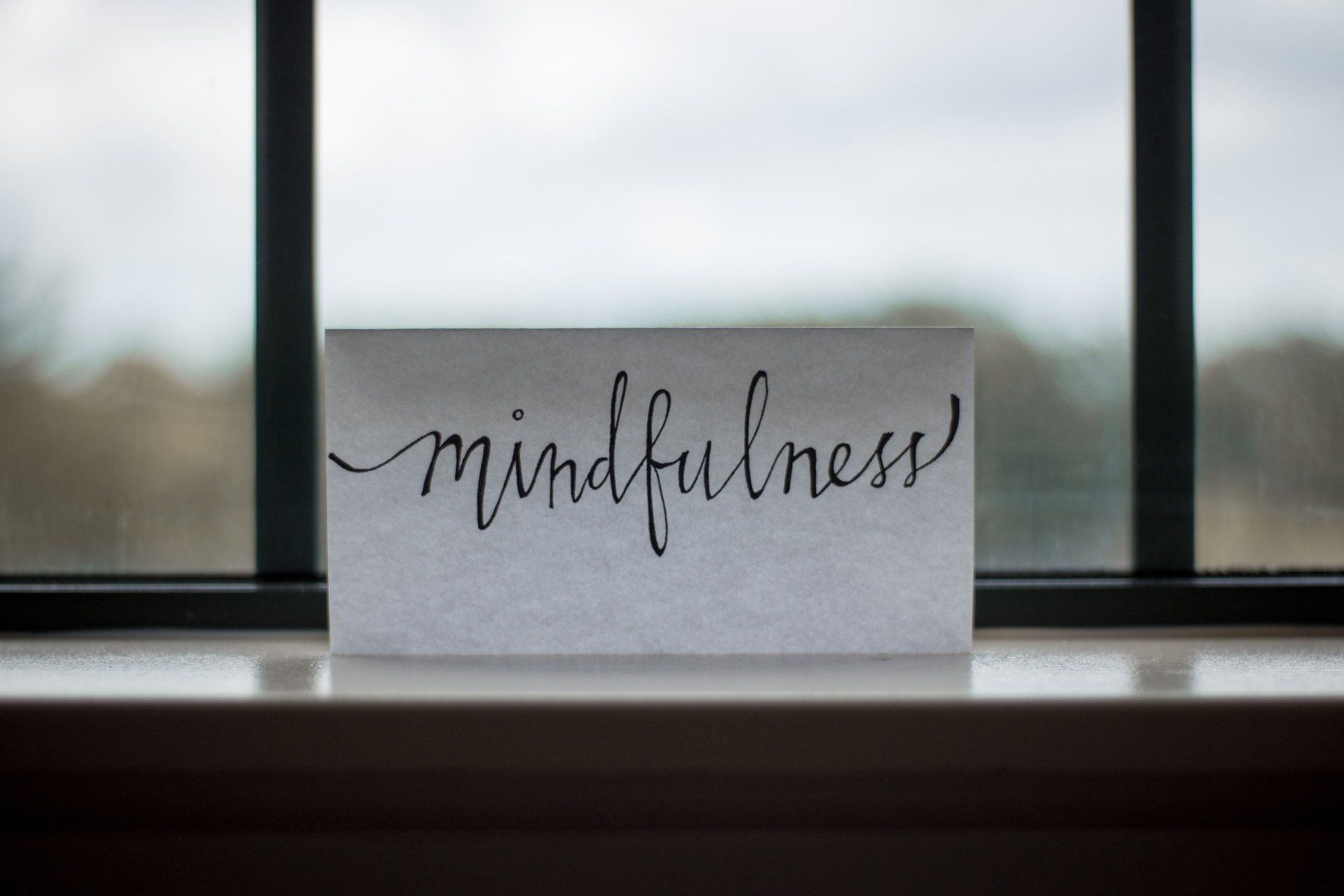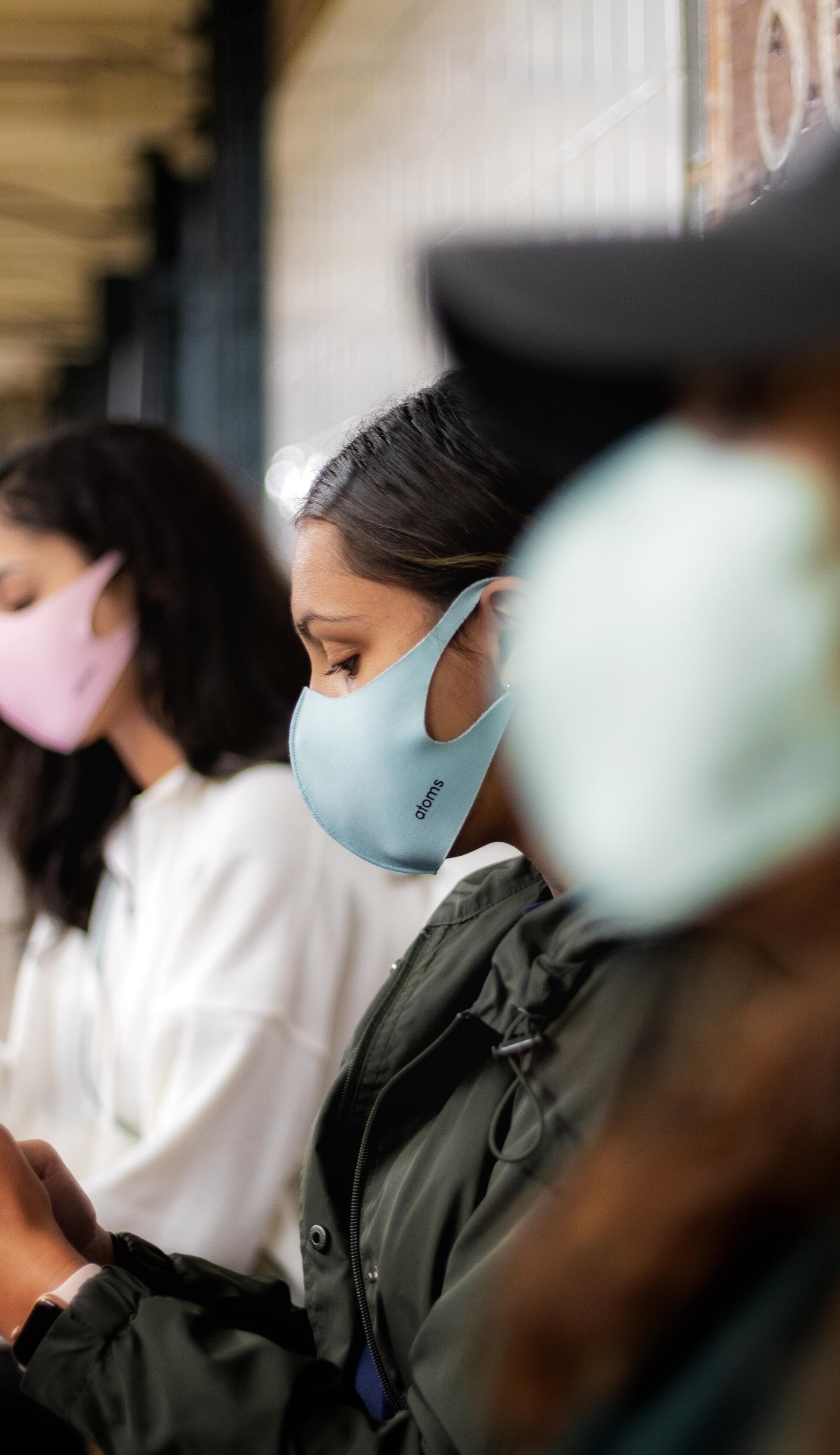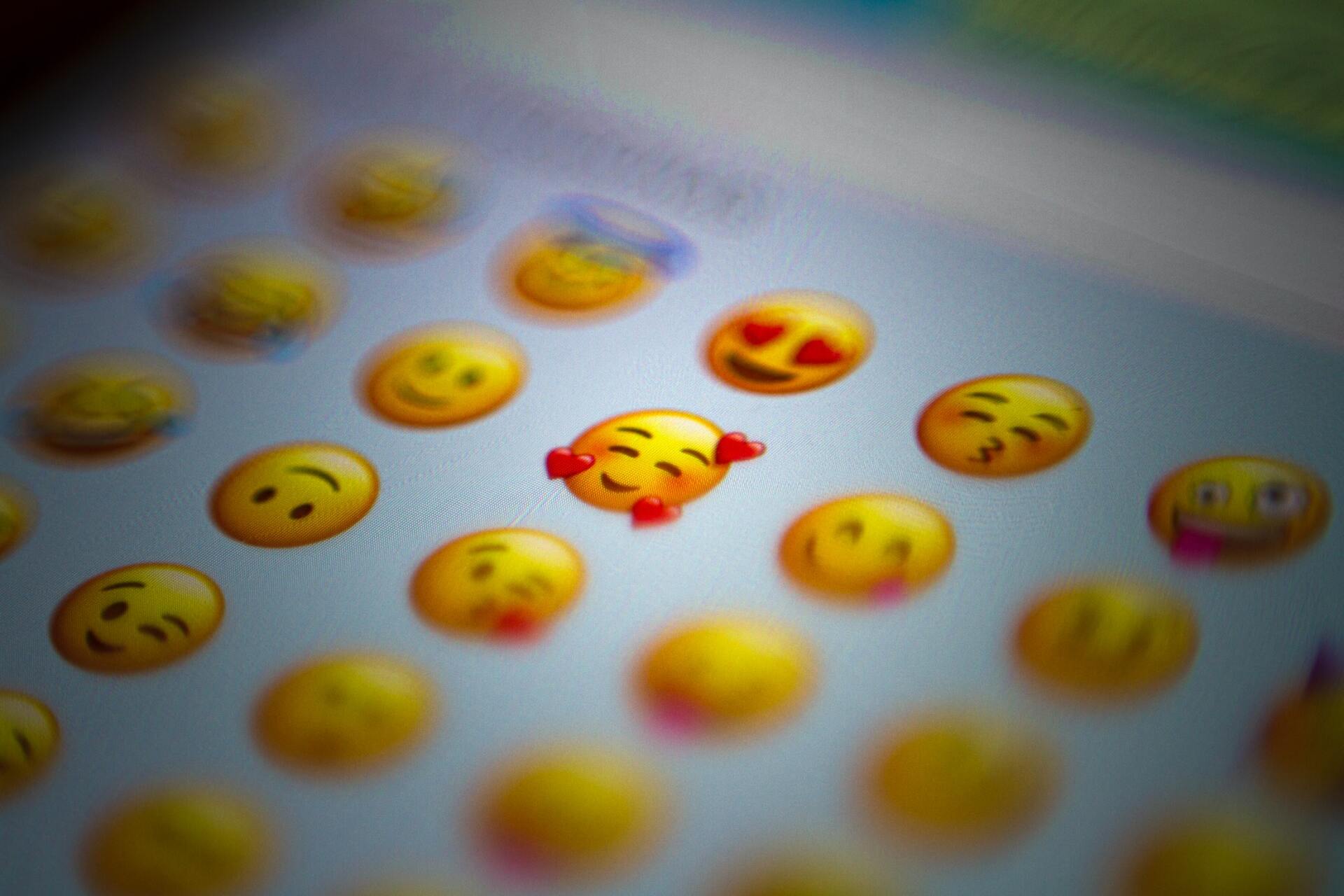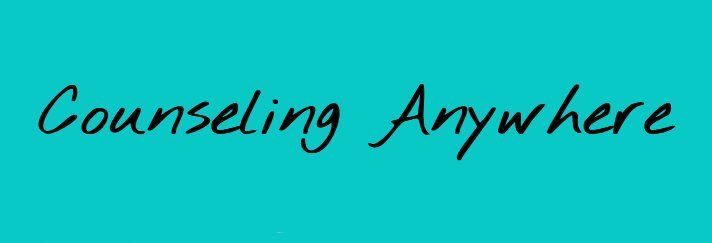How Reopening the Country Might Be Affecting Your Mental Health
https://www.verywellfit.com/sara-lindberg-4684058 • June 17, 2020
Coronavirus anxieties may linger, even if the worst is over.

Key Takeaways
As the economy reopens and states begin lifting stay-at-home orders, we need to mentally prepare for a new normal.
Practice caution when adding socialization and other pre-COVID-19 behaviors back into your life.
Don’t hesitate to seek professional help if the stress of reopening is negatively affecting your mental health.
If you’re anxious, worried, or concerned about life after the coronavirus pandemic, you’re not alone. As we emerge from our homes to resume work, shopping, dining out, exercise, and daily life, many of us are scrutinizing routine decisions we once thought nothing of -- not to mention, we’re also facing the reality that our health and financial well-being is much different now than it was going into quarantine.
Plus, there is still a lot we don't know. Like how safe is it to resume daily life without a vaccine? And how should we feel about states being on different timelines? Even as things open up, there are still complicated feelings and thoughts about being around other people.
We talked with five mental health experts about the psychology of opening back up and how we can adapt to the new normal.
How to Cope With Anxiety About Coronavirus (COVID-19)
How To Manage Re-Entry Anxiety
There’s no denying that COVID-19 has impacted our mental health. But now, as we begin the process of restarting our lives and the economy, many people are balancing the need to socialize and regain some kind of normalcy with the lingering dangers of being in crowded spaces and potentially risking exposure to the virus. Experts are calling this crossroads of emotions “re-entry anxiety.”
One of the top concerns is how to deal with the stress and anxiety that people around you might be infected or contagious, which also extends to feeling awkward when near strangers.
To help ease some of this fear anxiety, the first thing experts recommend is that you only do what's comfortable for you and go at your own pace.
“We have to think about this as a long-term strategy, over months or probably a year or so,” says Kevin Gilliland, PsyD, a clinical psychologist and the executive director of Innovation 360. Take your time through the process and don't let anyone make you feel like you have to be comfortable going back to normal right away.
Besides going at your own pace, a good place to start says Gilliland is to focus on the things you actually have control over,1 like your behavior in relation to the virus, since it’s the best strategy when we have uncertainty. This includes being factual and specific with your thoughts because worry hates that.
"We have no idea who is infected and who isn’t, so we still need to social distance, wash our hands frequently, sanitize surfaces at home and work regularly, and be mindful of how much and how many articles and news stories we are watching and reading,” he explains.
From there, we can continue to do things to maintain a strong immune system like being physically active, getting seven or eight hours of sleep, and connecting with two or three people that know you well.
As for the need to socialize, Gilliland says we desperately need to get this back in our lives, but we need to be mindful of distance and touch. Start with a small circle of close friends and get together outside in a park or yard or trail. Walk and talk and share about life and be careful that it’s not all about this virus.
Also, be aware of the people you surround yourself with. Are there people you talk to that increase your anxiety or decrease your anxiety about this issue? “More is not always better when it comes to anxiety,” says Gilliland.
How the Coronavirus Pandemic Is Affecting Mental Health, According to Therapists
Why Seeing People In Masks Is Contributing to Re-Entry Anxiety
For many people, walking around in a mask surrounded by others wearing masks provokes feelings of fear and uncertainty.
“People feel anxiety and fear when wearing a mask or seeing others wear masks because it is a visual and constant reminder of the threat we are under,” says Moe Gelbart, Ph.D., director of practice development at Community Psychiatry. The mask symbolizes the virus which lurks out there and ignites fears of lack of control and of an unseen enemy.
Many people are also struggling with face coverings because they prevent us from seeing each other. “Seeing faces is a very important aspect of our socialization,” says Allie Shapiro, M.D., a psychiatrist with Community Psychiatry. Not seeing faces, she says, removes that familiarity and connection.
Wearing or seeing someone wear a mask reminds us of the greater issue, which, Cynthia Catchings, LCSW-S, Talkspace therapist says our minds often react to immediately. “We can go into fight or flight mode, and living in this constant state of hyper-arousal affects us physically, mentally, and emotionally,” she adds. To minimize the effects of this hyper-arousal, Catchings recommends the following strategies:
Practice mindfulness, deep breathing, or meditation
Stick to regular bedtime and waking times
Exercise during the day
Don’t be afraid to use crying as a release since it may help to cope with anger
Talk to an empathetic friend, family member, or therapist
Journal or engage in creative art
Practice deep breathing
Use creative visioning and imagine yourself safe and healthy
If you experience increased anxiety while walking around in a mask, Shapiro says to pause where you are and try taking a few deep breaths.2 It’s also a good idea to remind yourself why you’ve gone outside and remember that you are doing the best you can to keep yourself safe.
Gelbart suggests that people remind themselves that things like hand washing, social distancing, and wearing a mask — all of which provide some measure of control and makes the unknowable known — reduces fear and anxiety. It’s also beneficial to remind yourself that wearing a mask is an act of kindness and care for others.
The 13 Best Face Masks for You and Your Family
Balancing the Need for Normalcy While Feeling Unsafe
As different parts of the country open up at their own speed, Shapiro says it’s important to realize that acting, feeling, and being normal is going to look different now. Even in places that are now open, or were never closed, to begin with, things look and feel different. “Knowing you have full control to keep yourself safe, can make accepting the change easier,” she says.
After all, it’s not the crowded space that is the source of danger, it’s the virus.
“Wearing protective gear, like a mask, and staying vigilant, as we are now accustomed to doing, drastically reduces the risk of infection,” adds Shapiro.
Additionally, Dayry Hulkow, primary therapist at Arete Recovery, a Delphi Behavioral Health Group, recommends exercising prudence while tending to our emotional and social needs in a responsible manner. “We can evaluate the necessity or benefits compared to the risks associated with specific places and situations,” she says.
For example, the necessity for grocery shopping may take precedence for most of us despite the risks. Also, getting a hair cut or going to the gym may outweigh the risks for many of us, whereas other more crowded spaces may pose increased risks which, Hulkow says wouldn’t seem worth it for some of us regardless of the potential benefits.
And Gelbart agrees. “Our behaviors are risk-reward based, and each of us has our own needs, and our own levels of risk we are willing to take and are justified in whatever our reaction and decision may be,” he says. We balance the need to get out with the fear we experience by how necessary the action is to us.
For example, going to a restaurant is really necessary for some, and for others, not important at all. He stresses the need to accept our own limits and boundaries and to resist the pressure of other people’s choices.
Why It’s Normal to Feel Scared
The news and social media paint a picture of people feeling pure joy and elation about being out of quarantine. But what if you have mixed emotions about re-entry? Is it normal to still feel scared?
Yes, says Hulkow. “After all we’ve seen in the news during the pandemic and experienced in real life, feeling scared, stressed, and anxious is 100 percent valid,” she explains. That said, Hulkow does stress the importance of working through these feelings and exploring ways of coping.
For some people, particularly those within vulnerable populations, continuing to stay home may be preferable for the time being. However, Hulkow points out that staying home solely out of fear may keep other people from living life in general, whether outside or inside the home. “While it may feel awkward or uncomfortable at first to venture out, it is possible for most of us to safely return to some sort of “normal” within a reasonable time.
“It’s not only normal to feel scared but very appropriate,” says Gelbart. “The more unknown something is, the less control we feel we have, and the more our feelings of anxiety and fear are spiked.” That’s why Gelbart says it’s important to know that we can listen to our feelings of fear, or we can act differently despite them. But most importantly, he says, we need to acknowledge and validate the feelings we experience as normal.
“It’s not unusual for some people to continue to be worried or avoid moving back into life,” says Gilliland. However, he does stress the need to be careful and not to allow worry to spill over into anxiety and fear, or our life may become very limited. And again, be factual. “Isolation is not good for humans, even when it’s the right thing medically. If we disconnect from others and from things that are beneficial in our life, our levels of anxiety, depression, and substance use increase,” says Gilliland.
Most importantly, Shapiro reminds us that no one has ever been through anything like this in the modern world, so no one really knows how to do it “right.”
Even the experts don’t have all the answers, so it’s normal to have your own uncertainties and doubts.
By Sara Lindberg, M.Ed
To learn more about the Author Click Here: https://www.verywellfit.com/sara-lindberg-4684058

Mindfulness encompasses a variety of definitions although most are similar in concepts. Mindfulness is described as an awareness that arises from purposely paying attention in the present free from any judgements. Mindfulness is a state of awareness of ones emotions, thoughts, and sensations when each occurs. A third definition of mindfulness is a nonjudgmental state of awareness of present experiences. Various interpretations exist dependent on the context in which mindfulness is being examined. For example, mindfulness can be examined in improving emotional regulation and as a coping tool for stress management. Mindfulness is being in the present moment in ones body in a fully conscious state, aware of ones own experiences without judgement or narrative- just being in the moment in the here and now with an acceptance of how things are; being aware of our own thoughts, emotions, sensations without being caught up in them- an outside observer of self with an awareness of the moment. Mindfulness can be used throughout the day when walking, eating, and whenever feeling emotionally “charged” to step back and observe internal experiences. Yoga, meditation, and breathing are a few ways to cultivate mindfulness. Being mindful allows for intentional actions and responses rather than living on autopilot without being aware. The benefits of mindfulness are plentiful, and a regular practice is beneficial for enhancing wellness. Being able to stop and really get into the here and now and out of automatic unconscious living enhances feelings of well-being and an ability to respond more effectively with emotional control. Mindfulness can improve experiences and interpersonal relationships alike. Mindfulness is Intentional Living. Give it a try and see what happens. How do you define mindfulness? How do you cultivate mindfulness in your daily life?

Each day in the United States, an average of 3.1 million COVID-19 vaccines are going into people’s arms. According to an April 9 White House briefing, a quarter of the country's adults are now fully vaccinated. The pandemic is not yet over, but vaccination could soon yield a much more normal life, especially for those who have been vaccinated. The Centers for Disease Control and Prevention, for example, now recommends that fully-vaccinated people can visit with each other indoors and travel without quarantining. But for many, reopening comes with its own set of anxieties. According to APA's Stress in America polling, around half of people say they feel uneasy about readjusting to in-person interaction post-pandemic. Ellen Hendriksen, PhD, a clinical psychologist at Boston University's Center for Anxiety and Related Disorders and author of How to Be Yourself: Quiet Your Inner Critic and Rise Above Social Anxiety , is an expert at clinical strategies for calming anxiety. She spoke to APA about what's driving post-pandemic anxiety and how psychologists can best help. What do you think is driving the anxiety many people are feeling about reopening? Anxiety is driven by uncertainty. There is so much uncertainty right now, from the vaccine roll-out to society reopening to the new normal workplace to the virus and the variants themselves. Every day there is more evidence that vaccines keep us and people around us safe, but there are lingering questions about how long immunity lasts, how susceptible kids are to COVID-19, and when they will get vaccinated. Nobody alive today has ever emerged from a global pandemic into a digital world and navigated this before. We're making it up as we go along, so of course we're anxious. Here at the Center, we have the longest waitlist in our 25-year history. So many people are emerging from the pandemic feeling exhausted, burned out, anxious, or depressed. Collectively, our resources are low, which makes it harder to navigate the layers of uncertainty. How can people handle social anxiety and awkwardness around different levels of comfort as places reopen? The fact that reopening is a moving target makes it difficult to align with other people. You and your bubble might be ready to dine in at a restaurant or get on a plane, but the family next door might have a child who is immunocompromised and is living as they were in January. There are more variables to manage compared with before the pandemic. Plus, social anxiety is driven by avoidance, and we've all been avoiding social interactions for the better part of a year. The fact that we're all rusty is going to make us feel wobbly as we re-enter. It's OK to say we don't know how to do this, and it's OK to ask people what they're comfortable with. That normalizes the uncertainty and awkwardness, and it's quite validating to say, “What are we doing?” or “How does this work?” It can help you feel like you are united with the other person against this larger problem, as opposed to negotiating one against the other. This is a strategy borrowed from couples therapy, where it is often highly effective. How can people feel more comfortable with re-entry? There's one question I've been getting over and over from people who struggle with social anxiety. They'll say, "I did so much work pre-pandemic to get to the point where I could give a presentation or raise my hand in class." They’re worried they’ll be back at square one when they are again in large groups. But social confidence is like a muscle. If you have done work on your social anxiety in the past, that architecture is still there. It will feel awkward at first, but it will come back faster than the first time around. As for feeling comfortable returning to everyday activities, there are dozens of points of re-entry. There will be a first time on public transportation, a first time in someone's house, a first time taking a rideshare. We'll work our way up to large gatherings. Just because you feel rusty or nervous doesn't mean you're doing it wrong. It means you're getting back out there. Your brain will recalibrate with experience. We all need love, support, and community. Studies show that the quality of our relationships predict our future health, happiness, and even longevity, so it's worth it to push ourselves a little to get the interaction we all need, even if we are the most introverted of introverts. What should psychologists keep in mind for helping their clients right now? Psychologists have a big job ahead of us. It may be hard to balance supporting and pushing our clients simultaneously. It’s important to support each individual’s comfort level and choices, but psychologists also need to notice and address life-limiting avoidance. These are anxious, uncertain times, but there is also a sense of hope and renewal. It is an honor that we as psychologists get to play a leading role. Article by Stephanie Pappas from the American Psychological Association (APA)

Imagine you are sitting in a car, and you are driving down a lonely highway. Suddenly, in the middle of nowhere, a warning light goes off. Your oil pressure is very low. If you just ignore it and continue your drive, you run the risk of doing serious damage to your engine. You know you can get a tow, but this is going to take a while. As you are considering your next step, you suddenly remember a trick about how you can short circuit the warning light. This would not change anything about the engine—it would still be starved for oil—but the low-pressure signal would no longer be blinking on your dashboard, and you could ignore it more easily. Here’s the question: Should you do it? Unless you are seriously intoxicated (at which point you shouldn’t be driving at all), you won’t hesitate to say “no” to that impulse. Rightly so. Turning off the light will not do anything for you. The light is just the messenger, and not the problem in itself. Instead, you would be better advised to take in the information and deal with the situation. This is easy and intuitive to understand when it comes to external problems like car maintenance. It’s much more confusing, however, when the problems occur internally. When we are confronted with difficult emotions like anxiety, depression, stress, grief, anger, or loneliness, we are quick to search for the off-button on our emotional dashboard instead of taking in the messages they contain. Make it stop! Give me the wine and cigarettes. Let me cancel this appointment. Engage me on social media. Show me the movies and video games. Do whatever, but just make it stop! This is often our first response when difficult emotions show up: We try to mute the signal. But emotions are not the problem. They are merely messengers. And the messages they carry deserve at least to be heard. They often contain important lessons, and can call us to helpful actions. Often they show us opportunities. What Emotions Can Signal Fear might show us that danger is up ahead, and we better prepare ourselves. Loneliness might urge us to prioritize close relationships. Grief might open us up to what is important and meaningful to us, while calling out for social connection and support. Your dashboard doesn’t need to be covered up. It needs gentle attention. No, the dashboard isn’t everything—you still have a road to see and navigate. When emotions arise, you can ask yourself: “What am I feeling right now?” and “Where can I feel it?” and “What does my emotion ask me to do?” and “What does this suggest I am yearning for?” No one turns their driving over to a dashboard, but questions like these help our emotions play their proper role. If it were just negative emotions, this “turn off the indicator” move would be bad enough, but we are similarly incompetent when it comes to positive emotions. Imagine noticing on your car’s dashboard that your fuel tank is full. Oh, joy! You want it to stay this way, and so you decide to rewire so that the gauge always remains full. And people avoid positive emotions too! When we feel joy, we sometimes focus on how we will feel when it goes away, so we try never opening up to joy at all. That would be like the person who just disconnects the fuel gauge altogether so that she will never be disappointed when the fuel runs out because she never allowed herself to notice it was full in the first place. All of this is self-defeating, and yet it’s exactly what many of us do when we feel happy or sad or anxious or hopeful or depressed or satisfied. We like feeling this way, and never want it to stop, and so we cling onto this pleasant feeling, in the hopes of never losing it. Or we detune so it won’t be noticed when it stops, as if being numb is the definition of happiness. We dislike feeling this way, so we push it away as if feelings are the enemy. Feelings are not just about like and dislike. They are how our past and present impact us. They help train our ability to notice what is present, based on what we’ve experienced in the past. They’re like dashboard gauges that help us adjust to the challenges of our life journey. Emotions are temporary. They aren’t meant to be avoided, nor are they meant to be clung to. They are meant to come and go, flowing through you in their own time. They contain important lessons when things are off, and beautiful rewards when things fall into place. Allowing emotions to be there when they occur, to listen closely to their message, to feel them fully with neither clinging nor needless defense, allows them to serve their proper role. Your emotions are not the problem, so feel fully, embrace the change, move forward, and learn how to drive. For more on the Author: Steven C. Hayes, Ph.D.


